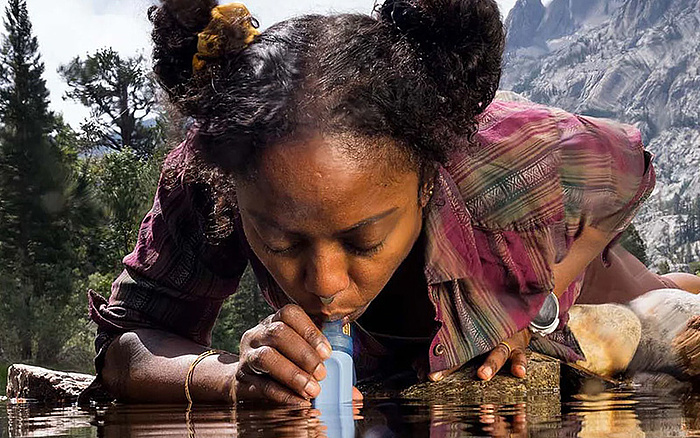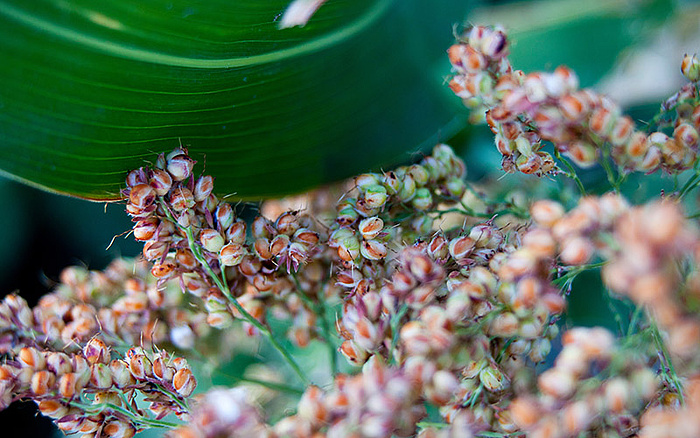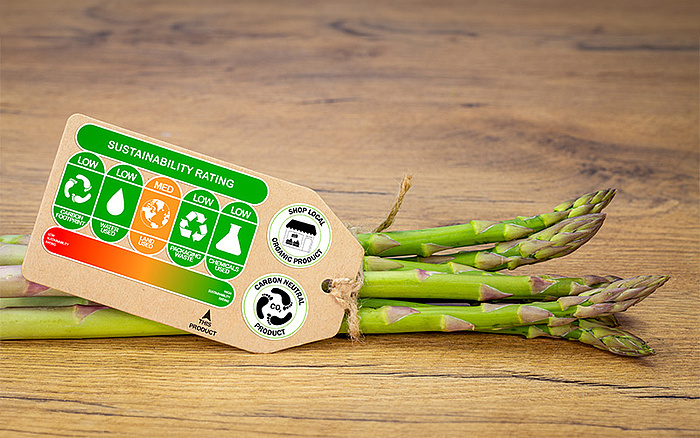
World Intellectual Property Day: Celebrating the power of IP
Intellectual Property (IP) rights are crucial in promoting the spirit of discovery and ingenuity, serving as the foundation upon which solutions to global challenges are built and scaled. This year's World IP Day highlights the essential function of legal frameworks in achieving the United Nations' Sustainable Development Goals (SDGs). By fostering advancement, IP can address the critical issues of poverty, hunger and climate change.
The theme of World IP Day 2024 is "IP and the SDGs: building our common future with innovation and creativity." Through this topic, the World Intellectual Property Organization (WIPO) calls attention to those inventing, creating change and leveraging IP to shape a better tomorrow. Some of these individuals who have used IP rights in unique and powerful ways can be found in the "Changemakers' Gallery."
World IP Day encourages a broader appreciation of IP law and how it supports human development. However, there is just as much to be learned from individual examples of IP empowering progress – patents and trademarks, specifically, have a lot to teach us about the relationship between innovation and tangible improvements.
Patents contributing to SDGs
Patents stand at the forefront of technology, providing inventors with the protection needed to bring groundbreaking solutions to market. In the context of the SDGs, they play an essential role by furthering the development of new tools and processes that tackle some of the world's most pressing dilemmas. From renewable energy sources to advanced health care treatments and sustainable agriculture methods, patents nurture an environment of continual progress and stimulate economic growth across sectors.
Water purification systems – SDG 6 (clean water and sanitation)
Patents help bring SDG 6 to fruition by protecting advanced water purification technologies. One example is the LifeStraw, a personal water filter that allows safe drinking from contaminated water sources. Such inventions provide a practical solution to clean water access challenges, especially in remote and underserved areas.
Another pioneering innovation is nanotechnology-based water treatment. This method employs nanomaterials to capture and destroy contaminants at a molecular level, offering a high degree of sanitization that can tackle even complex pollutants such as heavy metals and pathogens. The scalability and effectiveness of nanotechnology make it an attractive solution for tackling water quality issues. For instance, Puralytics has been awarded a U.S. patent for technology that can disinfect and detoxify water utilizing natural or LED light to activate a photocatalytic process in a nano-coated mesh.

The compact technology underpinning the LifeStraw allows these devices to be highly portable without sacrificing effectiveness. This makes it an ideal solution for wilderness trips and survival situations. (Photo/LifeStraw)
Solar panels – SDG 7 (affordable and clean energy)
Making solar panels more efficient is one of the key innovations in renewable energy technology, and the flurry of patents for perovskite solar cells (PSCs) in recent years represents a promising breakthrough in this area. These solar cells offer higher efficiency and lower production costs than traditional silicon-based solar panels, potentially making renewable energy more accessible and affordable. This would directly contribute to SDG 7 by promoting the adoption of inexpensive, clean energy solutions.
CRISPR-Cas9 gene editing – SDG 3 (good health and well-being)
Various entities have patented methods involving CRISPR-Cas9 gene editing technology, which represents a revolutionary advancement in medical science. This approach allows for precise, controlled changes to DNA, which can be used to correct genetic defects, combat diseases such as cancer and potentially disrupt inherited conditions. By contributing to the development of new treatments and therapies, CRISPR-Cas9 directly supports SDG 3.
Drought-resistant crops – SDG 2 (zero hunger)
Patents in agricultural biotechnology, including those covering genetically modified organisms (GMOs), may prove decisive in addressing food security and contributing to SDG 2. These inventions help create drought-resistant crops that thrive in arid conditions, increasing food production without excessive water usage. A notable example is "A Protein VaPBP2-L For Enhancing Drought Resistance Of Plants," its coding gene and application in farming. The discovery offers a potential solution to improve crop resilience against dry conditions, which is increasingly important in the context of climate change.

Once maligned as a potential health hazard, genetically modified crops may prove invaluable in the fight against food poverty by increasing cultivation in drier regions. In turn, this added vegetation would act as a natural carbon-capture system.
These examples illustrate the impact of patents on global progress and shared innovation. However, patents do not work alone; different kinds of trademarks also play an important part in reaching development ambitions.
Trademarks helping achieve SDGs
Unlike traditional trademarks, which identify commercial origin, certification marks confirm the quality, material, mode of manufacture or other characteristics of what they are attached to. The verification process of receiving such a mark assures consumers that the products or services they purchase align with environmental targets, fair labor practices, ethical sourcing and other critical aspects of sustainable development.
By promoting transparency and accountability, certification marks inform consumers so that they can contribute positively to achieving a number of SDGs.
Fairtrade certified – SDG 1 (no poverty) and SDG 8 (decent work and economic growth)
Marks like those managed by Fairtrade International are influential in enabling a more equitable, manageable future for people working in cultivation and harvesting. Goods are only accredited by the local branch of Fairtrade International when producers' living conditions meet welfare expectations. Thus, the worldwide organization contributes to SDGs 1 and 8 by serving an international marketplace that prioritizes the well-being of workers and their communities.
Organic labels – SDG 12 (responsible consumption and production)
These certification marks identify foodstuffs produced according to organic farming practices, which are able to benefit the environment by reducing pollution, enhancing soil fertility and increasing biodiversity. Organic labels encourage more stable patterns in crop generation and consumer behavior, aligning with SDG 12. Consumers can easily recognize and choose products that contribute to a healthier planet, driving demand for goods that make the grade.

In order to be trustworthy, a rigorous legal framework is needed to support certification marks. Without oversight from commercial and IP law, confusing and misleading claims of "greenness" would sprout up, burying genuine products in the process.
Energy Star – SDG 7 (affordable and clean energy) and SDG 13 (climate action)
The Energy Star certification mark identifies products that meet the U.S. Environmental Protection Agency's strict energy efficiency guidelines. Products bearing the Energy Star label, from home appliances to office equipment, use less energy, save owners money and, by extension, help protect the climate. This promotes SDG 7 by reducing costs and incentivizing efficient energy solutions. At the same time, SDG 13 is also supported as lower energy demands reduce greenhouse gas emissions.
Rainforest Alliance Certified – SDG 15 (life on land)
Similar to the different Fairtrade labels seen around the world, the Rainforest Alliance seal identifies products created on farms that meet standards for conserving wildlife, protecting workers' rights and maintaining the ecological balance. This certification helps shoppers pick out products that fund responsible land management and strengthen biodiversity, supporting SDG 15.
Building a better future with the power of IP rights
World IP Day not only celebrates the framework that protects and amplifies innovation but also highlights the fact that ongoing research and fresh business perspectives are needed to usher in a fairer, greener, more vital world. The system of patents, trademarks and other IP rights can extend beyond its intended economic function to galvanize efforts and direct action toward this living dream.
The safeguards of IP sustain and empower innovators, allowing the minds behind the progress to imagine, create and improve to the best of their ability. In many ways, IP opens the doors to a future yet to be made.
Filed in

Discover the importance of Confidential Disclosure Agreements (CDAs) in protecting valuable business assets during licensing negotiations.



